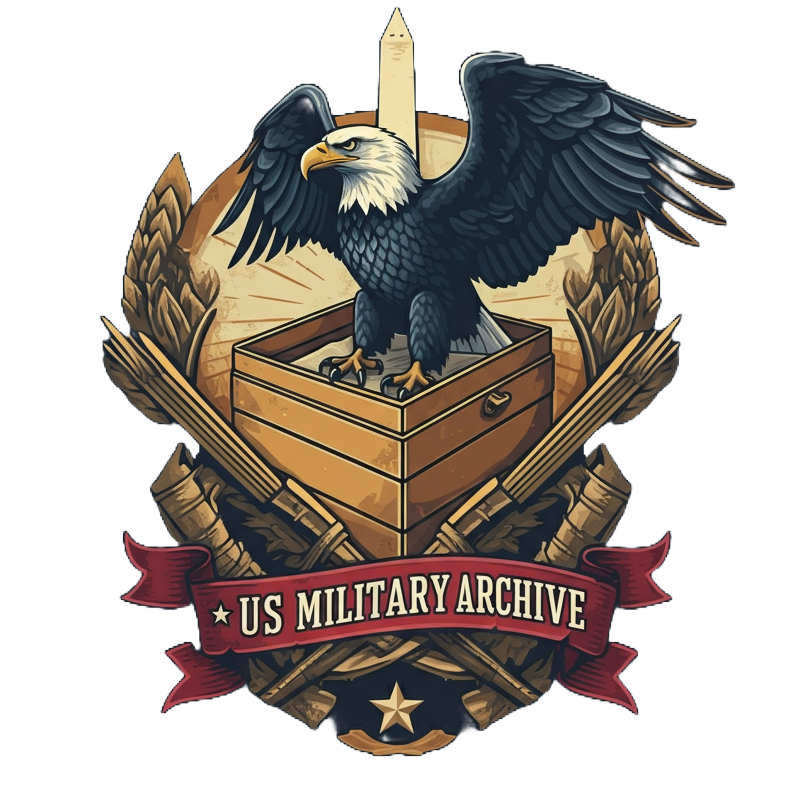Article Text
The Genesis of US Air Power: Balloons and the Dawn of Information Warfare in the Reconstruction Era
The Reconstruction and Gilded Age (1865-1900) marked a pivotal yet often overlooked period in the nascent development of US air power. While a formal Air Force did not yet exist, the seeds of its future doctrine were sown through experimentation with lighter-than-air platforms, primarily balloons, for observation and signaling. This exploration of early air power concepts analyzes its successes and failures, connecting them to the foundational context of Information Warfare.
The Civil War provided a crucial, albeit limited, demonstration of aerial observation's potential. Both Union and Confederate forces utilized balloons for reconnaissance, gathering intelligence on troop movements and battlefield dispositions. This experience fueled interest in developing aerial platforms for military purposes in the postwar era. However, the technological constraints of the time presented significant hurdles. Balloons were cumbersome, weather-dependent, and susceptible to enemy fire. The lack of reliable propulsion systems limited them to tethered operations, restricting their range and maneuverability.
Despite these challenges, advocates for military ballooning recognized the inherent value of aerial observation for intelligence gathering, artillery direction, and even for disseminating information, a precursor to psychological operations. Some envisioned fleets of balloons distributing leaflets over enemy lines, a rudimentary form of information warfare. These early concepts, though constrained by existing technology, foreshadowed the crucial role information would play in future conflicts.
Military budgets and reports from the era reveal a complex picture. While some funds were allocated to aerial platforms, the investment was modest compared to other military priorities, reflecting skepticism among some leaders regarding air power's practicality. This limited funding hampered the development of advanced balloon technologies and delayed exploration of heavier-than-air flight.
The period's successes, while incremental, were significant. Tethered balloon systems for observation proved valuable in coastal defense and artillery spotting. Observing enemy positions from beyond the reach of ground fire provided a tactical edge, enhancing situational awareness and improving artillery accuracy. These experiences laid the groundwork for innovations in aircraft design and related technologies. The limitations of balloon technology spurred the need for better propulsion, construction, and control systems, driving future advancements in aviation.
The connection between early aerial observation and later Information Warfare concepts is particularly relevant. Information gathered by balloon observers, though limited, represented a form of intelligence that directly influenced military decisions. Gaining a clearer understanding of the enemy's positions and intentions provided a crucial advantage in the information domain. This principle – the value of information superiority – would become a cornerstone of modern warfare.
Three key impacts on later developments stand out:
- Civil War balloon use and subsequent experimentation during the Reconstruction era directly influenced the development of aerial reconnaissance in later conflicts, especially World War I. Lessons learned about observation techniques, communication, and the tactical advantages of aerial perspective proved invaluable.
- Limited investment in aerial platforms during this period impacted the pace of air power development. While the US initially lagged behind other nations in aviation, the eventual recognition of air power's potential led to accelerated development in the early 20th century, culminating in the US Air Force's creation.
- Technological limitations of the era, particularly in propulsion and control systems for balloons, directly influenced later aircraft technology innovations. Overcoming these limitations spurred research and development in aerodynamics, engine design, and control surfaces, ultimately leading to powered, controlled flight.
The Reconstruction and Gilded Age represent a formative stage in US air power development. Though technological limitations existed, experimentation with balloons for observation and signaling laid the foundation for future advancements. These early efforts, a nascent form of Information Warfare, highlight the enduring importance of information superiority in military operations. The legacy of this era lies not only in the technologies developed but also in the conceptual understanding of air power's potential, shaping the future of warfare.
Files
There are no files available.

